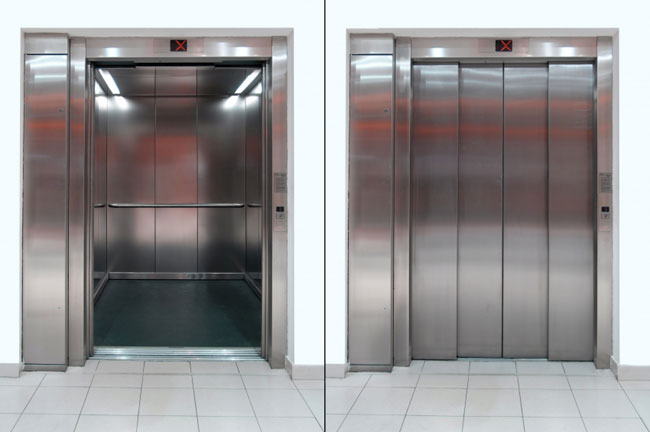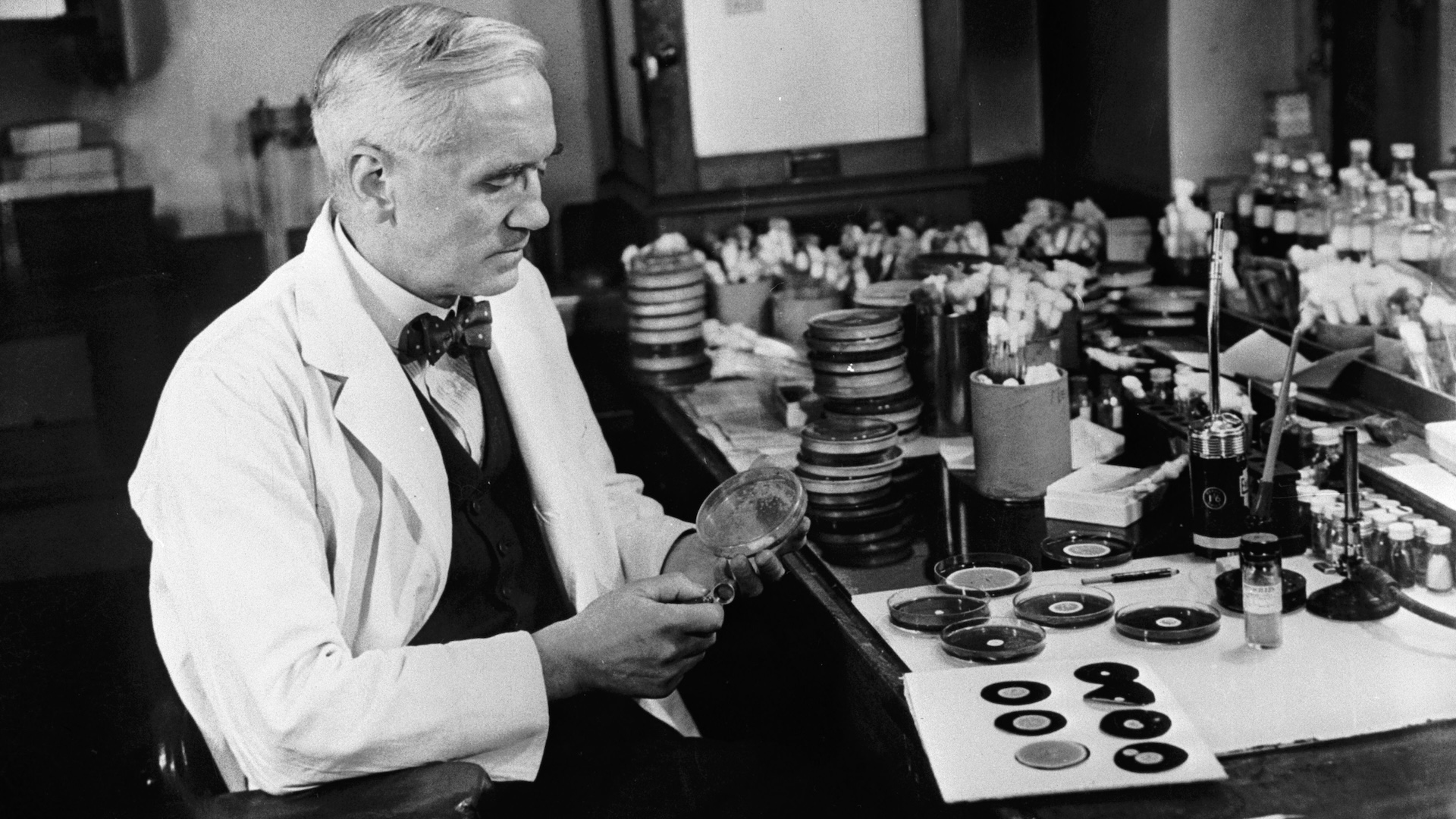Infants At Highest Risk for Elevator Injuries

Children under age 2 have the greatest risk of all kids for being injured by an elevator, according to a new study of 29,030 elevator-related injuries.
“What really surprised us was the number of infants with head injuries in our study. As the elevator doors closed, mothers may not realize the vulnerability of babies in strollers or in their arms,” said Dr. Joseph O’Neil, pediatrician at the Indiana University School of Medicine and co-author of the study.
The study is the first of its kind to break down elevator-related injuries among U.S. children, O'Neil's team said.
More than a fourth of elevator-related injuries happen to children less than two years old, with most injuries happening to those between ages 1 and 2.
The most frequent cause of injury? Elevator doors closing on part of the arm or head, mostly resulting in bruising. Many of the boo-boos were caused when an arm or leg was purposely used to stop elevator doors from closing. Only slightly more than 5 percent of injuries were caused by an elevator malfunction.
The findings were based on U.S. Consumer Product Safety Commission data from hospital emergency departments from 1990 through 2004. Only 2 percent of children were admitted to a hospital for further treatment, most of which had a head, hand or finger injury.
“Elevator injuries, like alcohol related car crashes and many other so-called accidents , can be prevented,” O'Neil said. ”You can look at the environment and events before the incident and make changes to affect outcome.”
Sign up for the Live Science daily newsletter now
Get the world’s most fascinating discoveries delivered straight to your inbox.
O’Neil and other authors of the study, detailed in an online issue of Clinical Pediatrics, said the easiest way to prevent injuries is for adults to set a good example: Don’t try to stop an elevator door from closing.
But the team is also concerned about “elevator surfing,” in which teenagers ride outside the elevator car. Almost 22 percent of injuries, in fact, were traced to kids between the ages 15 and 19.
- The World’s Tallest Buildings
- World’s Fastest Elevator Installed in World’s Tallest Building
- Space Elevator: Hoist to the Heavens
What are ovarian cysts? All about cyst formation, symptoms and treatments
Is getting an IUD painful?











